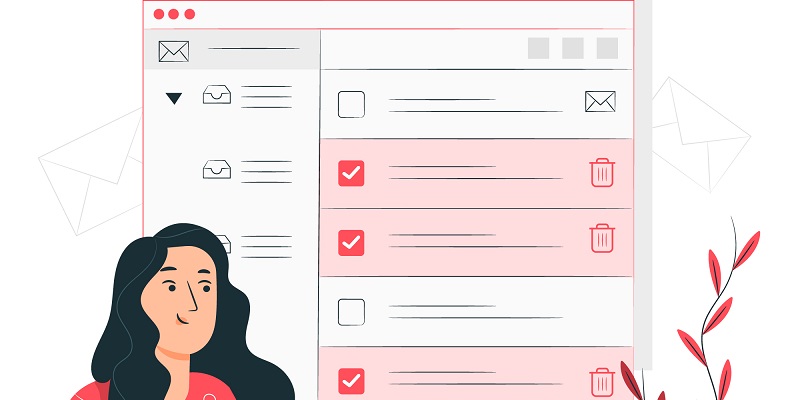Email marketing has been the lifeblood of many businesses for years. It’s a way to communicate with subscribers en masse, offering them a chance to stay connected to your brand, products, and content. However, the landscape of email marketing has shifted, and what was once effective is now becoming less so. In this article, we’ll explore the evolution of email marketing, the importance of understanding the customer journey, and strategies you can use to maximize engagement and long-term success.
The Overlooked Asset: How Marketers Underestimate Their Content
Marketers generally have much more content available than they realize. One of the biggest mistakes that many businesses make is failing to see the potential in their existing content. Everything from blog posts to whitepapers can work as great material for email marketing campaigns. By repurposing existing content and tailoring it to your email audience, you can make sure that every piece of content you create serves a purpose and drives engagement.
Beyond Blasting: Understanding the Customer Journey for Effective Email Campaigns
A better approach to building email campaigns is rooted in understanding the customer journey. The customer journey refers to the path that a customer takes from their initial contact with your brand to becoming a loyal customer. By understanding this path, you can create targeted campaigns for each stage of the journey, tailoring content to meet the needs and interests of each audience group. This approach can significantly improve engagement and relevance, helping to build more meaningful connections with subscribers.
Automation: The Key to Ideal Email Campaigns Once the Customer Journey is Mapped Out
Ideal email campaigns rely heavily on automation once you have your customer journey steps mapped out. Automated campaigns can be triggered by various actions, such as opening an email or making a purchase. Automation makes it easier to personalize content and build relationships with subscribers without relying on manual processes. It also frees up valuable time and resources, allowing businesses to focus on other areas of their marketing strategies.
The Importance of Early Engagement: How It Impacts Long-Term Success
People who engage with emails within the first seven to 30 days are more likely to be long-term engagers. Early engagement is important because it establishes a connection with the subscriber and allows you to set expectations for future email communications. This period is also an excellent opportunity to learn about a new subscriber and tailor content to their interests, increasing the chances of them becoming a loyal customer.
Maximizing Early Engagement: The Statistics That Back It Up
Early engagers tend to yield open and click rates that are more than 200% higher than new subscribers who remain inactive for the first 30 days. If you start seeing consistent early engagement, it’s a sign that you’re on the right track. You can use this knowledge to refine your content strategy and tailor campaigns that drive further engagement and loyalty.
Churn Processes: Segmenting Non-Engagers for More Efficient Sends
Create efficient churn processes to quickly segment non-engagers into journeys that will receive fewer sends. Gradually, such customers should only be moved back into the main segment when there is an engagement on their part. Churning is a natural part of any email campaign, but it is important to minimize it as much as possible. Segmenting non-engagers helps to prevent unsubscriptions and improve the relevance of sends, creating positive feedback loops that generate better engagement.
The Compounding Growth Factor: Better Engagement Leads to More Subscribers
The compounding growth factor of improved subscriber engagement is attracting more subscribers from the start. When your email campaigns are effective, subscribers are more inclined to share your content within their networks, leading to additional subscribers. Better engagement also results in higher retention rates, which can enhance your bottom line and grow your business over time.
Maximizing First-Party Data: Adding Nuance and Variety to User Experiences
Adding more first-party data to your system enables you to add nuance and variety to user experiences and recommendations. First-party data refers to any data that a business collects directly from its customers or website visitors. By tracking first-party data, businesses can create more personalized experiences that are tailored to each subscriber’s preferences and interests. This approach fosters a deeper connection with subscribers over time, which is essential for building long-term loyalty.
In conclusion, email marketing is evolving, and businesses must adapt to remain effective. By understanding the customer journey, automating campaigns, and maximizing first-party data, businesses can grow their subscriber base, boost engagement, and drive long-term success. The key is to build a strategy that optimizes time and technology investments, entices more users to join your community, and builds valuable connections for the long term. As a business owner, it is up to you to create and execute this strategy, putting your company on a path to greater engagement, profitability, and success.

